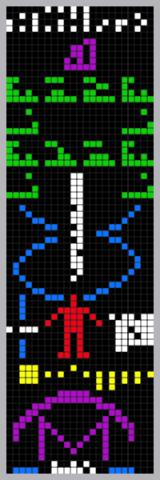Article on GPU OpenCL benchmarks
There has been a lot of discussion about the new app performance.
I came across this recent Phoronix article showing 18 cards benchmarked doing various OpenCL tests.
I don't know much of the details of the OpenCL coding done with FGRPB1G, but (for example) if a lot of processing is 64 bit FFT the AMD results are radically different from the nVidia. However looking at other tests some nVidia results are many times faster than AMD.
The key point i found was, when comparing it very much depends on what the test is, the exact opposite (by many times) is the case for a different test.
Some hardware (and associated drivers) are far better suited to certain applications.
It would be interesting to know the OpenCL differences between BRP6 and FGRPB1G, and what sort of benchmarks are indicative.
Copyright © 2024 Einstein@Home. All rights reserved.


You're completely right,
)
You're completely right, OpenCL is just a programming language. How any hardware performs depends mostly on the code / task itself and how it matches the hardware+driver. That's why we don't say "get an Intel i7 for C++ programs, but an i5 for Fortran" - as this would obviously be pointless.
And that's pretty much the answer to your question "and what sort of benchmarks are indicative": The app itself! Plus FGRPB1G seems to rely strongly on GPU memory bandwidth again (55% load on my GTX1070), although as strongly as BRP6 (80+% load).
MrS
Scanning for our furry friends since Jan 2002